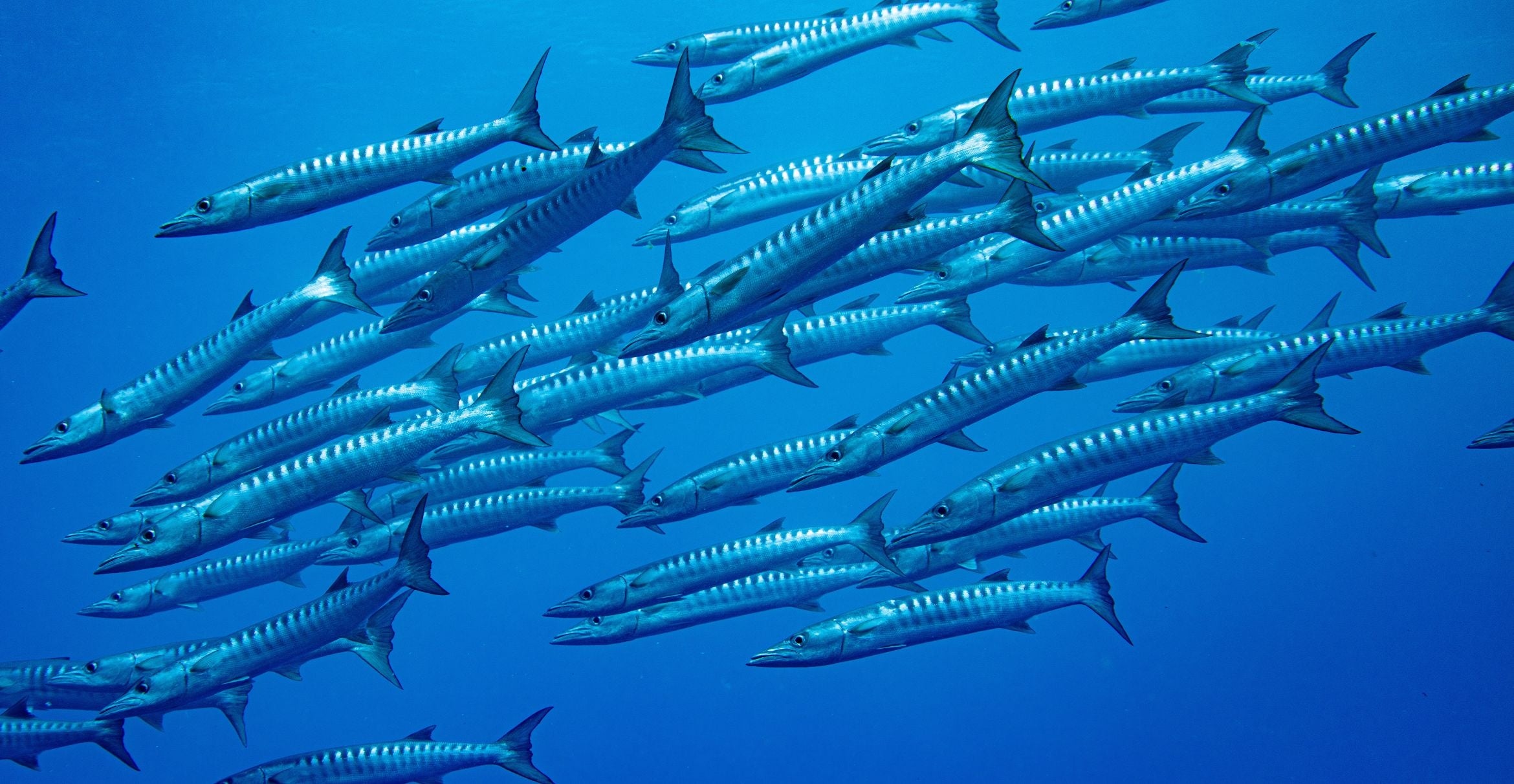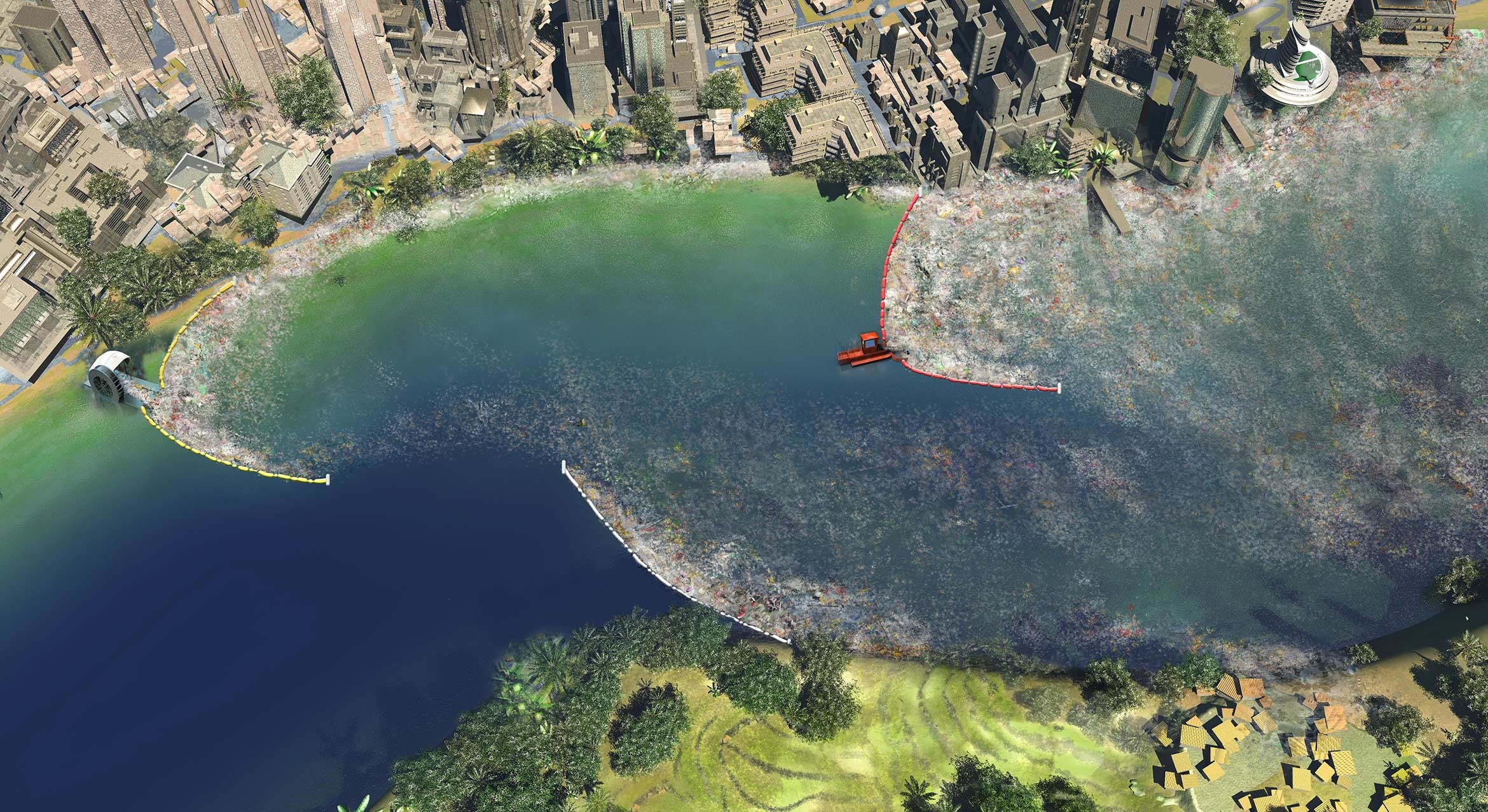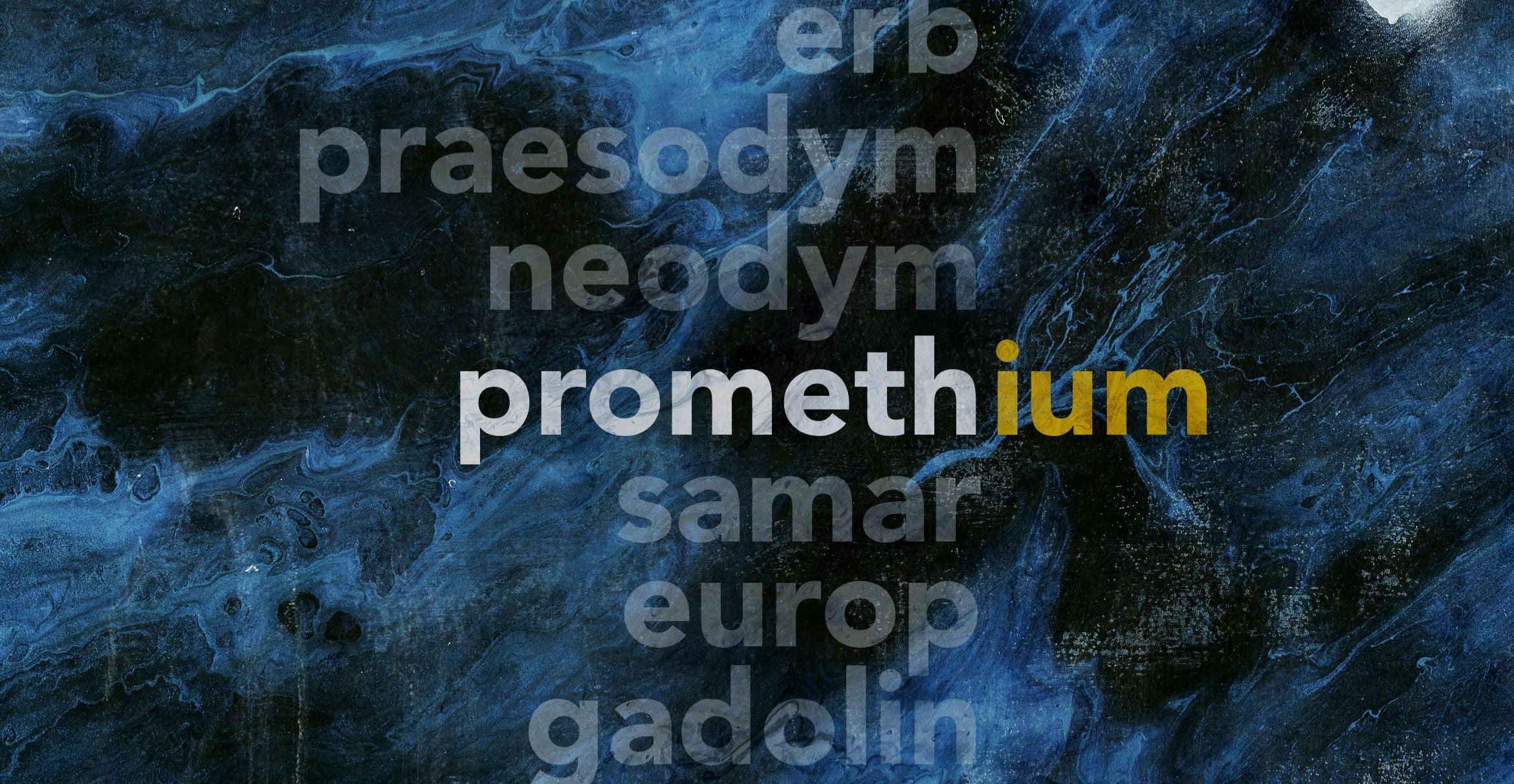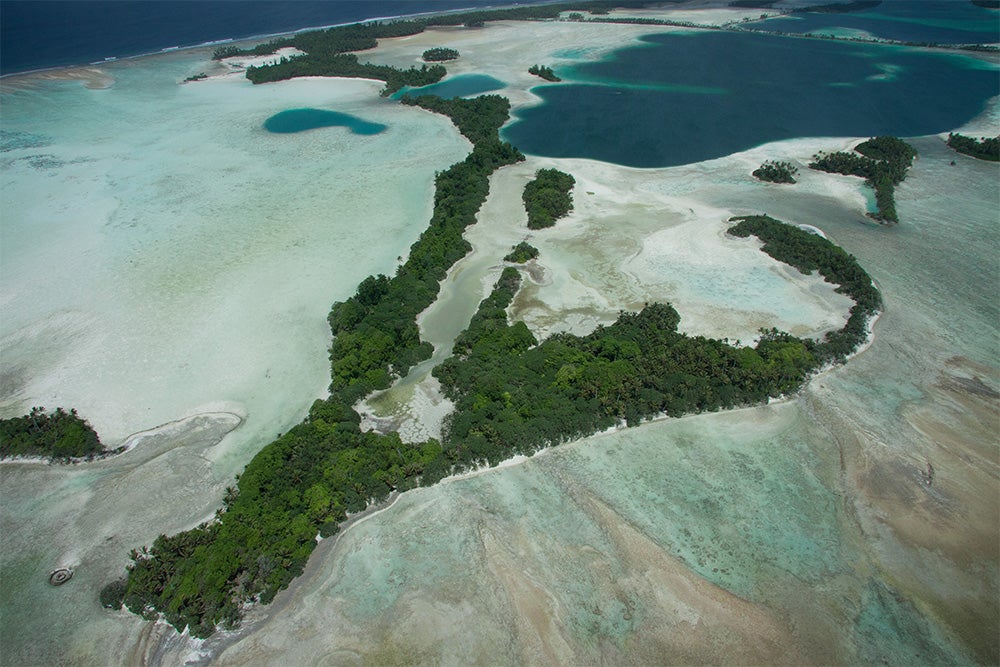
Paradise Restored
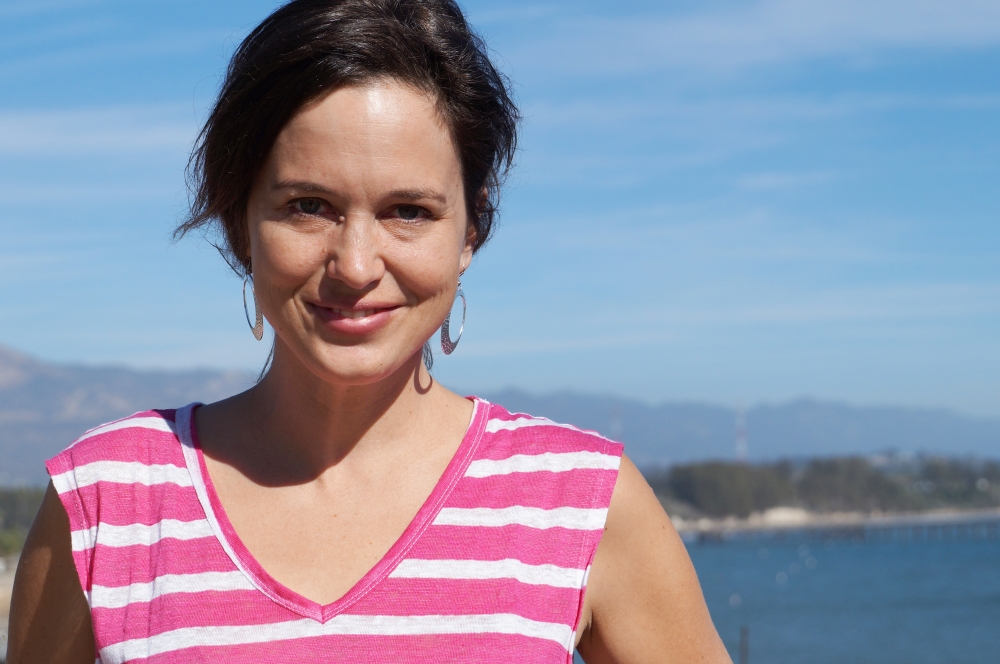
When UC Santa Barbara community ecologist Hillary Young spent time at the Palmyra Atoll in 2006 to study the effects of seabirds on resident plant communities, she got a bit more than she bargained for: rats.
“Rats would literally run over your feet in the dark and skitter across the tin roofs, keeping you awake at night,” she recalled of her earliest visits there.
Situated in a remote area of the Pacific Ocean, Palmyra Atoll had been visited only sporadically in its early documented history. But during World War II the island was briefly — and heavily — populated by U.S. Navy troops who utilized its strategic location. With the people likely came the rats, and with no natural predators on the island, the rodents quickly proliferated and disrupted the balance of life by eating seabird eggs, native crabs and native seeds and seedlings.
For an ecologist like Young, the effects of the rat activity were obvious, and merited research. Some seedlings, including those of the native tree Pisonia grandis, were a particular delicacy. Managers were concerned that with the rainforest plant population unable to easily replenish itself, species that depended on them, such as birds and other small animals, would also face difficulties flourishing. In addition, recent work has shown that rats could be detrimental to the health of the coral reef that surrounds the island, as the level of nutrients that came in the form of bird guano often declined when rats were present.
It all began to change in 2011, however, with an effort that wiped out the pestilent rodent population.
“The rat eradication was an unexpected opportunity to see what happened when this major seed predator was lost,” Young said. “As soon as it was clear this was going to happen we partnered with the implementing agencies to monitor the impact and follow up on our earlier studies.”
The effects of the rat removal were immediate. The results of the monitoring effort, in a paper titled “Invasive rat eradication strongly impacts plant recruitment on a tropical atoll,” are published in the journal PLOS ONE.
“We were so excited to walk into a forest stand of towering Pisonia trees and find a mat of tiny seedlings carpeting the forest floor — something that hadn’t been observed at Palmyra in recent decades as far as we know,” said Coral Wolf, a scientist with the organization Island Conservation, and lead author of the study. In fact, researchers found that five years following the rat abatement the average total seedling recruitment for native locally rare trees had increased by more than 5,000 percent.
An additional, unanticipated benefit of the rat removal was the eradication of the Asian tiger mosquito. This outcome, according to the researchers, could open new avenues for controlling mosquitoes and mosquito-borne diseases elsewhere.
Also, two land crab species were observed for the first time on the atoll’s islets, bringing the number of land crab species at Palmyra to nine. Land crabs are the indigenous engineers of low-lying tropical oceanic island ecosystems, and now Palmyra has one of the world’s most diverse and best-protected land crab communities.
The results are not only an indicator of an ecosystem’s ability to bounce back once balance has been restored; they also demonstrate Palmyra’s strengthened ability to withstand climate change.
“Sea level rise and changing ocean temperature and chemistry will continue to stress Palmyra’s ecosystems,” said Alex Wegmann, Palmyra program director for The Nature Conservancy, an organization that with the U.S. Fish and Wildlife Service manages Palmyra as a National Wildlife Refuge and a scientific research station. “Restoring Palmyra’s native tropical rainforest allows greater whole-ecosystem resilience to climate change impacts.”
These results are only the beginning for the people who study the atoll’s ecology and the effects of removing non-native species. While the conservation partners plan to continue to bolster the island’s native species population — by removing the invasive coconut palm, for instance — Young is interested also in how the island’s ecology responds in the long term as it equilibrates at each step.
“Because the timescale on which many of these processes play out is so long, and the interaction among species is so complicated, we don’t yet know how the bigger picture story will unfold,” she said. “The outcome is also likely to depend on continued human intervention as well.”
